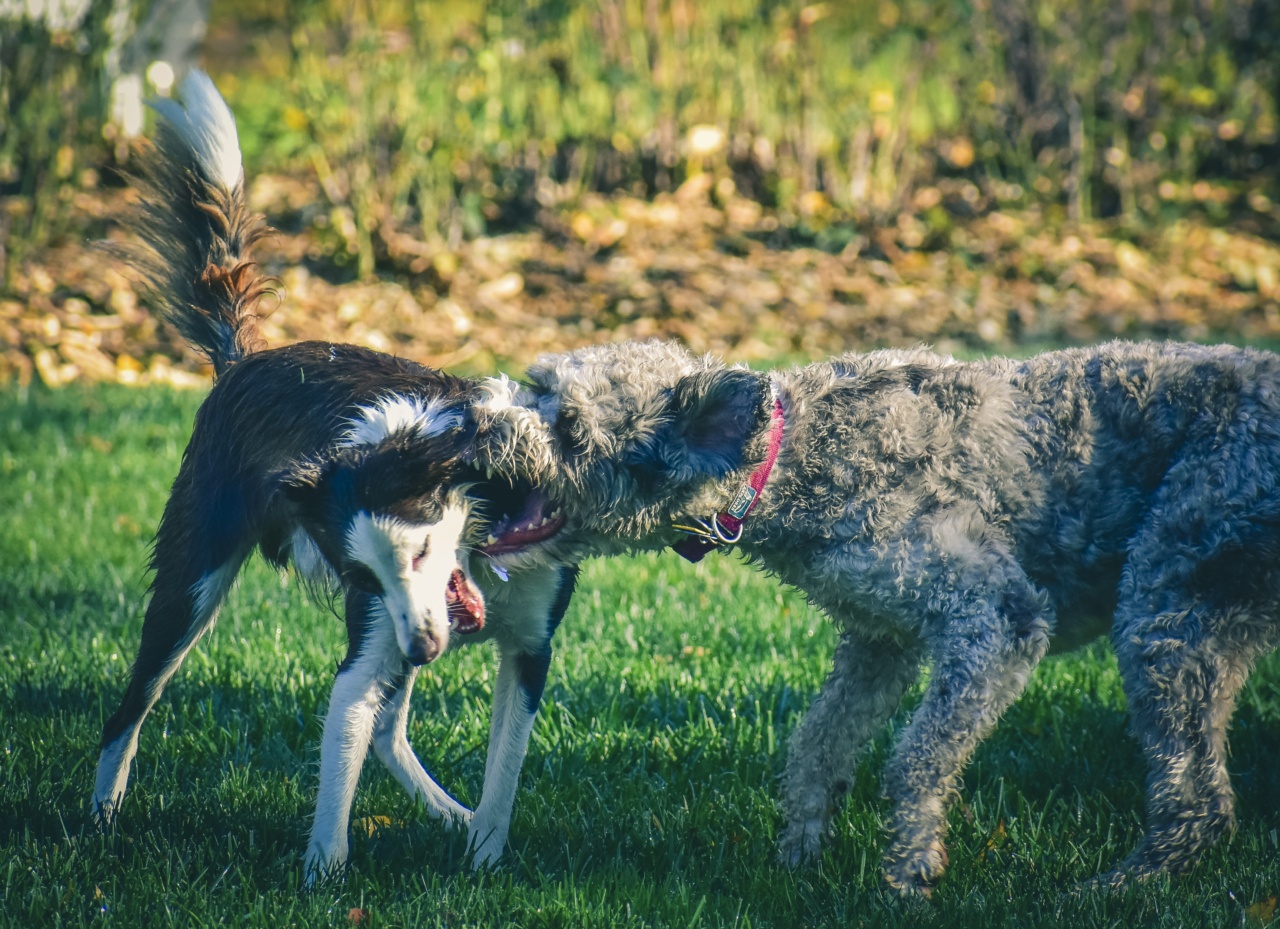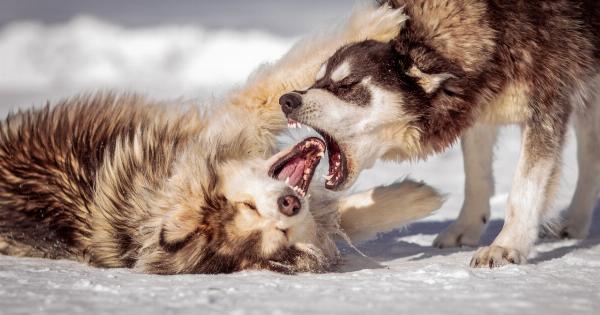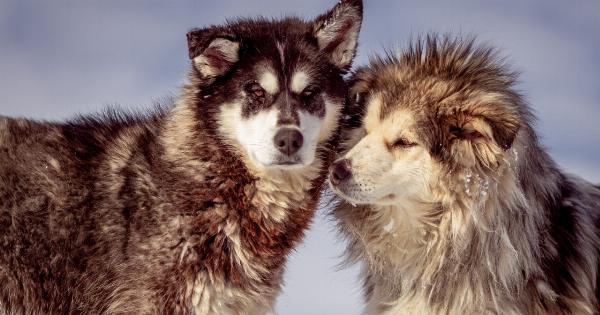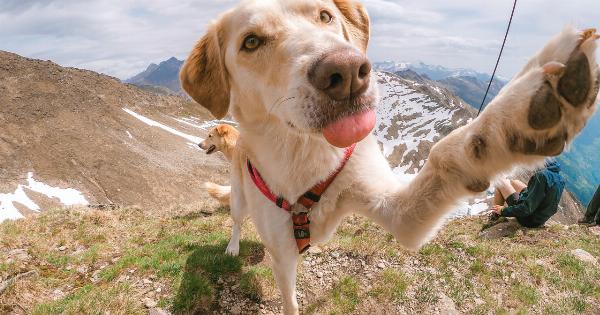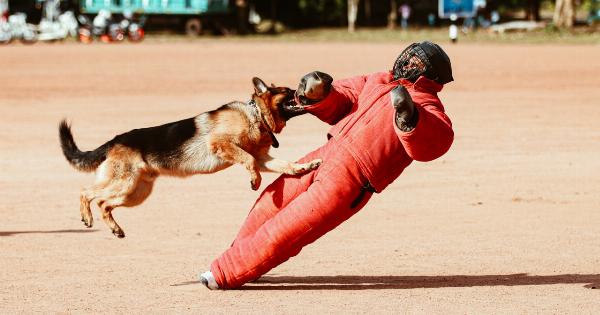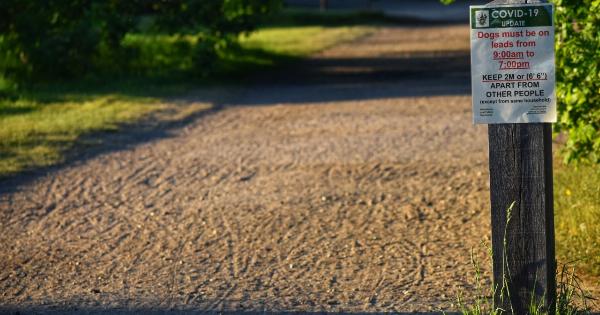Having a dog with aggressive behavior can be a challenging and even dangerous situation. As a responsible dog owner, it is essential to understand the causes, signs, and ways to manage and prevent aggression in dogs.
In this article, we will discuss five important facts that every dog owner should know about aggressive dog behavior.
1. Aggression is a Natural Behavior
While aggression in dogs is often seen as a negative trait, it is important to understand that it is a natural behavior rooted in their instincts.
Dogs have evolved from wolves, who rely on their aggression to protect their territory, defend against threats, and ensure their survival. This means that aggression, to some extent, is hardwired into a dog’s DNA.
However, it is crucial to note that not all forms of aggression are desirable or acceptable in domesticated dogs.
As responsible owners, it is our duty to guide and train our dogs to ensure their aggression is directed appropriately and does not pose a threat to humans or other animals.
2. Aggression can be Triggered by Various Factors
Aggressive behavior can be triggered by a multitude of factors, and it is essential to identify and address these triggers to effectively manage and prevent aggression in dogs. Some common triggers include:.
- Fear: Dogs may feel threatened or fearful in certain situations, leading them to display aggressive behavior as a means of protecting themselves.
- Territoriality: Dogs are known for their territorial nature, and they may become aggressive when they feel their space or resources are being invaded.
- Pain or Medical Issues: Dogs in pain or experiencing an undiagnosed medical problem may exhibit aggression as a result of discomfort or frustration.
- Protectiveness: Dogs may display aggression to protect their owners, their puppies, or their possessions.
- Frustration: Dogs that are unable to fulfill their natural instincts or face constant obstacles may resort to aggression out of frustration.
3. Early Socialization and Training are Crucial
Proper socialization and training are crucial in preventing aggressive behavior in dogs.
Early exposure to various environments, people, animals, and situations can help dogs develop confidence and learn appropriate behaviors to handle different stimuli.
Training should focus on teaching dogs basic obedience commands like sit, stay, and come, as well as impulse control and proper leash manners.
Consistency, positive reinforcement, and clear communication between the owner and the dog are essential for successful training and preventing aggression issues.
4. Recognizing the Signs of Aggression
Recognizing the early signs of aggression is vital in addressing the issue before it escalates. Some common signs of aggression in dogs include:.
- Stiff body posture
- Bared teeth and growling
- Snapping or biting
- Intense staring
- Raised hair along the back (hackles raised)
- Intense barking or lunging
It is important to note that not all aggressive behaviors are obvious. Subtle signs of aggression, such as avoidance, excessive licking of lips, or freezing in place, may also indicate underlying aggression issues.
5. Seeking Professional Help
If you suspect or observe aggression in your dog, it is crucial to seek professional help from a certified dog behaviorist or trainer.
These professionals have the knowledge and experience to assess the situation, identify the root cause of aggression, and develop a tailored behavior modification plan.
Attempting to address aggression without professional guidance can be risky and may worsen the situation.
Remember, a dog’s aggressive behavior is not a reflection of a “bad” dog but rather a signal that they need help and guidance from their owners.
In conclusion, understanding the nature and causes of aggression in dogs is paramount for any responsible dog owner.
By recognizing aggression as a natural behavior, addressing triggers, focusing on early socialization and training, recognizing signs of aggression, and seeking professional help when needed, owners can effectively manage and prevent aggressive behavior in their beloved pets.
